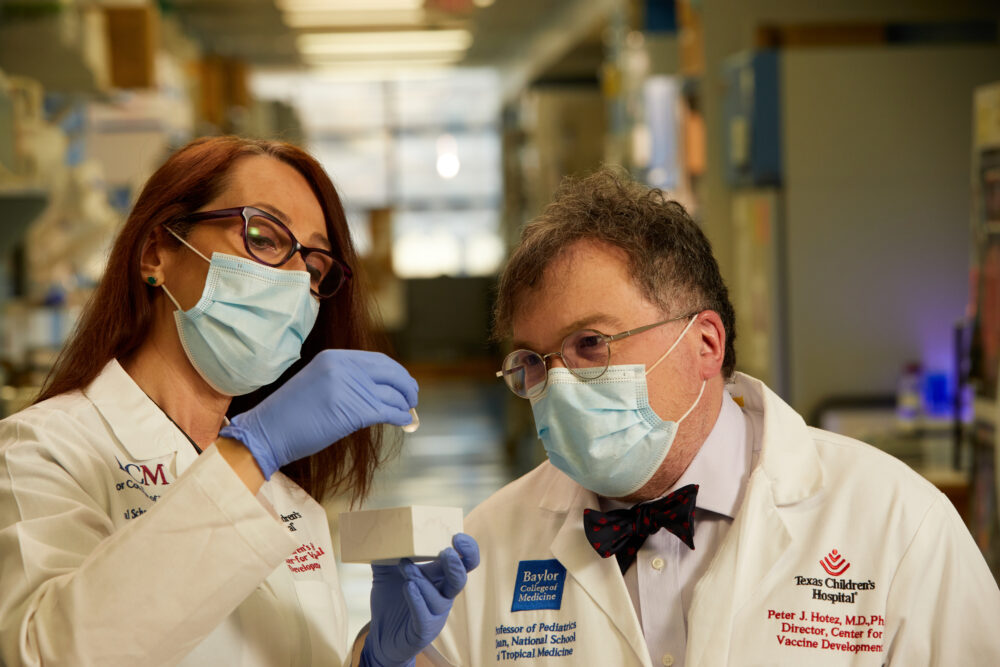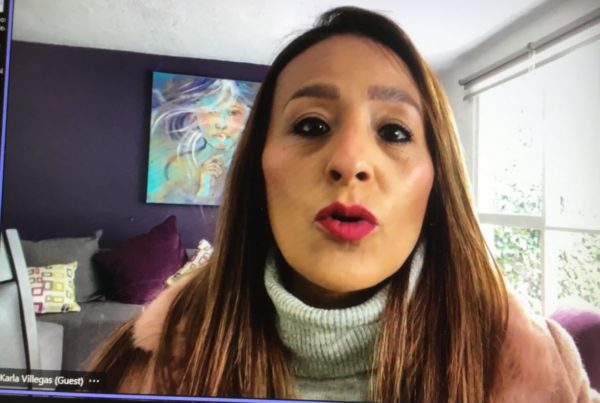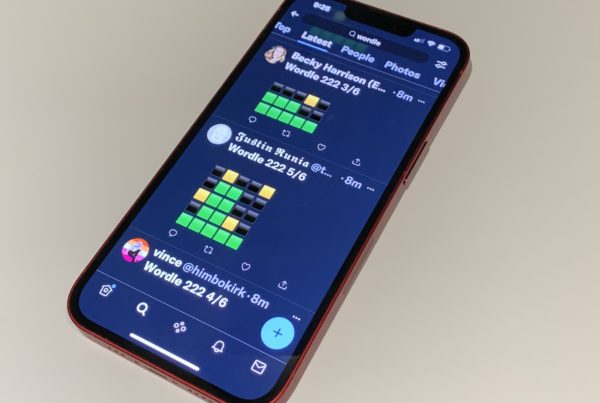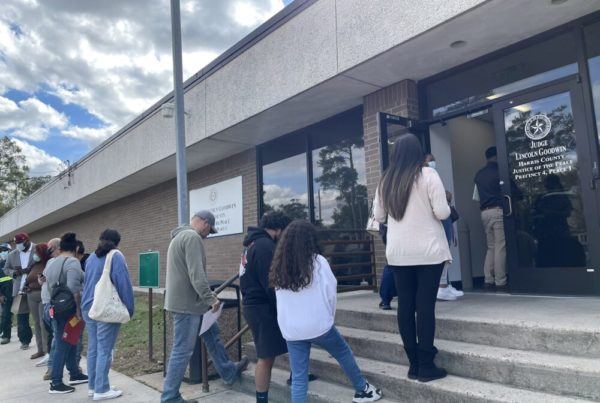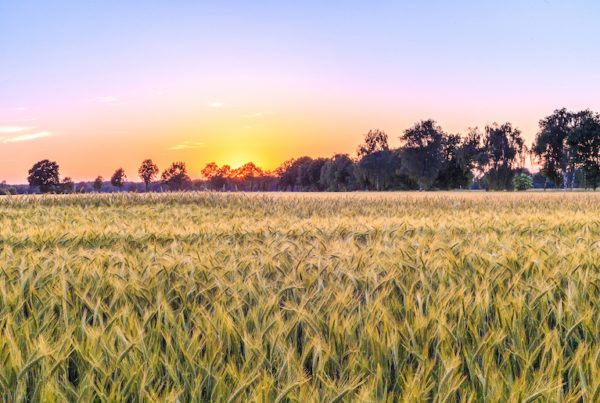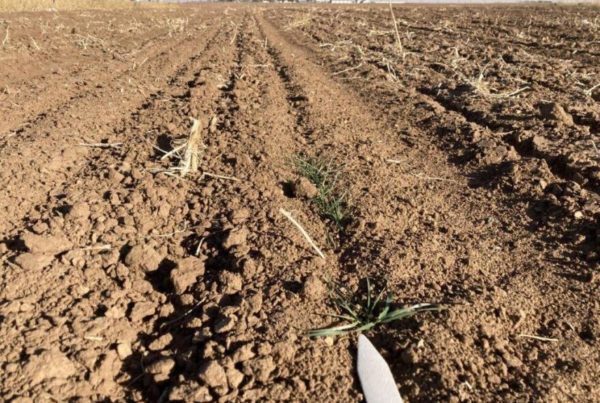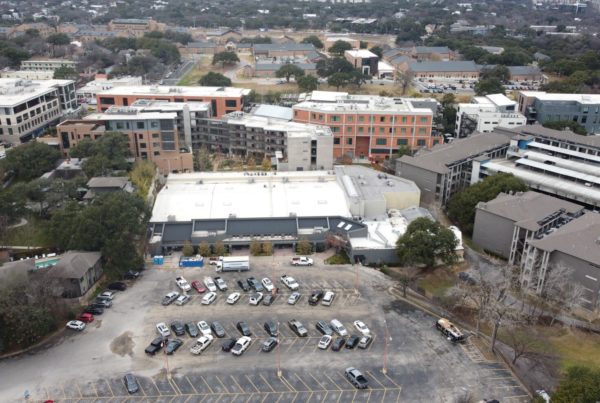So far, much of the COVID-19 vaccine supply has gone to wealthier countries with the money to pay for millions of doses. But a new vaccine developed in Texas is meant to help correct that imbalance.
The vaccine, called corbevax, developed by researchers at Texas Children’s Hospital Center for Vaccine Development at Baylor College of Medicine in Houston, was recently approved for emergency use in India, where almost 500,000 people have died from COVID-19.
Dr. Maria Elena Bottazzi, co-director of the Texas Children’s Hospital Center for Vaccine Development, helped develop corbevax, and spoke with Texas Standard about how the vaccine is meant to be affordable and could even be approved for use in the United States one day. Botazzi is also a professor at the National School of Tropical Medicine. Listen to the interview with Botazzi in the audio player above or read the transcript below to learn more.
This interview has been edited lightly for clarity.
Texas Standard: Can you talk more about the vaccine’s emergency approval in India? Is it now being administered to people there?
Dr. Botazzi: Yes, that is a wonderful achievement that co-developing our vaccine technology with Biological E in India has gone through all sorts of production procedures. Of course, clinical trials and, upon the evaluation by their regulators, we now have almost 300 million doses that have been committed to be provided to the government of India, and hopefully they will be deployed as we speak.
How much does it cost compared to vaccines being used here in the United States?
This is a technology that uses recombinant proteins, which is a very conventional way of making vaccines. That’s the difference between [using] mRNA. And of course, adenoviruses – these technologies can be made widely and with large scales, and that brings economies of scale, meaning that because they can be made in millions of doses, they can reduce the cost. So we are hoping that this would be a $3-a-dose vaccine.
Why not U.S. approval, too? If it were approved here, couldn’t it help drive down the costs of vaccinations elsewhere?
We saw the urgency of ensuring that vaccines would be not only produced but would be accessible and affordable for many countries that are just unable to receive the ones that, of course, have been authorized in other countries or by the World Health Organization. So our priority has always been a vaccine for the world, a vaccine for global health. But we do have the aspiration that hopefully this vaccine can eventually also come within our own borders and give another option to those who still are waiting on our vaccine to be used.
How is it that the cost is so low? Certainly you incurred research-and-development costs for this vaccine.
That is a very good question. And, in fact, our model, which, as you know, it’s been open science and we decided even not to patent it so that it can be freely distributed, shared, you know, use this model of delinking the research and development from the production or even the evaluation.
So, in our partnerships, we all bear that responsibility that each of us individually has to find its own funds to enable the research and advance the research. So we were a beneficiary, of course, of wonderful Texas philanthropy and even other agencies, as well as other foundations around the United States, that supported, albeit not, maybe not, you know, huge dollars like maybe other multinationals have received, but allowed us to do the work without bearing and giving our responsibility to our partners to also find funding for us. And that reduces, of course, the eventual cost that goes into the consumer.
How soon can this vaccine be distributed globally? Is it already approved or pending approval elsewhere?
So that’s exactly the next step. The company in India is, of course, looking to get authorization in other countries as well as with global agencies. But we’re also doing this, what’s called a “snowball effect,” where we are also partnering with other companies like in Indonesia, in Bangladesh and groups that are working in Africa, because then they can also make other versions of the vaccine.
So that vaccine in India is called corbevax. But then other vaccines can be made in other countries, and they also will be able to deploy in other countries. So there’s many models, of course. We’re looking to do them all in parallel so that we can really bring this inequity gap to a closure.


